Among the huge variety of fabrics, each is suitable for a particular case. Of some, it is convenient to sew bedding, others are useful for sewing a coat, others are used for experiments in creating clothes. But before you get this or that fabric, you need to know all its advantages and disadvantages, a description of what it is and where its use is optimal. What is a cooler, what are its pros, cons and varieties - read in our article.
What it is?
Culinary smoothness - the name speaks for itself. This is a gentle and pleasant to the touch knitwear. And if you carefully examine the canvas close, you can see the interweaving of threads. In addition, it is one of the thinnest fabrics. It refers to the types that many people encounter almost every day, sometimes not knowing its exact name.
Most often, it is familiar to mothers, as it is widely used in the manufacture of children's clothing and underwear.
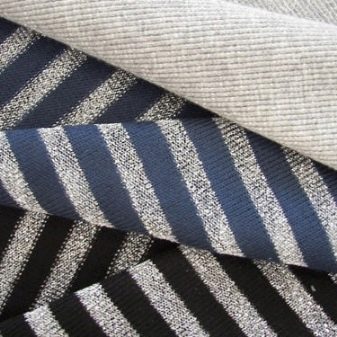

The properties
Here are the main properties of the cooler.
- This fabric is characterized in that it has a very pleasant, smooth and soft surface.
- Its density is low, it does not exceed 140 g.
- A distinctive feature is that this fabric refers to environmentally friendly materials, which means that it does not cause allergic reactions, which is especially valuable for children's clothing and bedding.
- The fabric stretches, but only slightly, and if the product is pulled wide, it stretches, but the same effect is not observed in length.
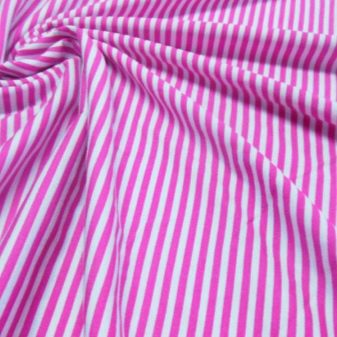
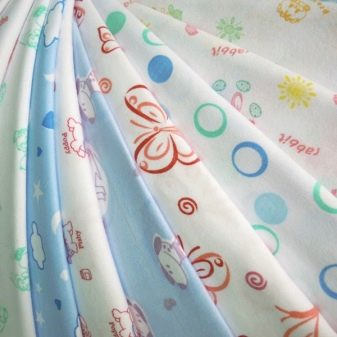
- Many consumers care about whether the fabric sits or does not sit, and this applies to any material. As for the cooler, here the reviews are different from one another.Some people think that a thing after washing remains in its original form, while others - that it sits down. Apparently, the quality of the acquired tissue plays a role.
- One of the advantages of the cooler is that it does not crease, which is very convenient and for many is a decisive factor when choosing a fabric.
In their reviews, most in Russia note the advantages of fabric, and they are that things are pleasant to wear, easy to care for, do not cause allergies, can last a long time. The disadvantage is that the fabric is prone to damage. If it is unsuccessfully hooked, an arrow may go.
In addition, there is another nuance that some of the consumers will attribute to shortcomings. Kulirka requires special care. And these recommendations must be observed in order for the thing to last longer.
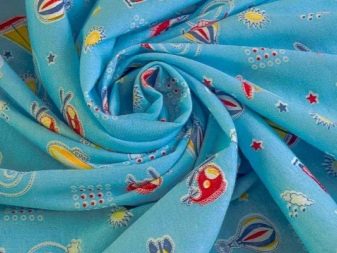
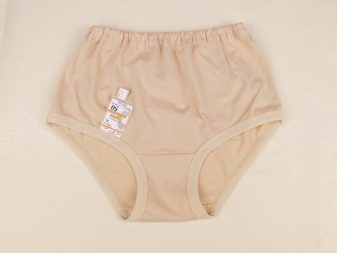
Structure
As part of the cooler, 100% cotton. That is why it has high qualities and is appreciated by many consumers. There are varieties of this fabric when elastane and lycra are added to the cotton fiber. This is done in order to expand the operational parameters of the product, since in these cases the fabric acquires new properties. It becomes more elastic, this allows you to expand the range of products for which it is applicable. The tissue quality does not deteriorate, provided that the composition of other fibers does not exceed 10%.

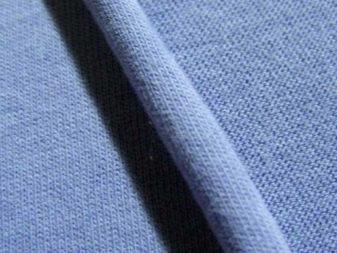
The subtleties of production
This type of canvas is the finest knitwear, which is made from high-quality cotton threads on a specially knitting machine. The cooler is created in such a way that a series of loops is obtained by knitting one thread. She has a small thickness. Therefore, such a thin material is obtained. Knitwear is obtained by the so-called cross-knitting. Manufacturers make knitwear - single and double, which is used for sewing various things. For single knitwear, single-needle machines are used, and for double - two-needle machines.
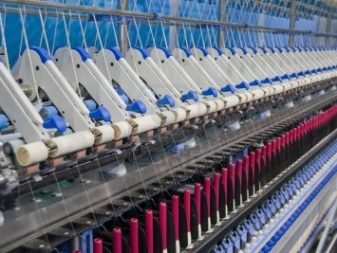

Kinds
The material is stained by different methods, on the basis of which it is divided into types.
- Melange smooth surface obtained by connecting threads with the same color but different tones.
- Smooth fabric It is made from plain and monophonic threads.
- The padded cooler has a pattern. It can be framed in various ways. It can be embroidered with threads, beads, or photo printing can be done.
- The cooler is made with lycra and velor effect. It all depends on which threads are added to the cotton in addition.

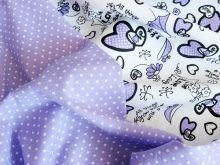
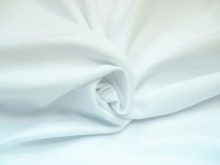
Kulirka is made from three types of yarn. The singing is characterized by the presence of fibers of 80 mm length. This is the highest quality yarn, respectively, and things from it are more expensive. Due to the length of the fibers, the material holds its shape perfectly. This fabric is good to wear and lasts a long time.
Carde is distinguished by yarn, which is shorter than more than 2 times. It does not differ in such high elasticity, its service life is reduced. Open end - the type where the yarn does not exceed 30 millimeters in length, it is used to make those things that do not require maintaining such an ideal shape.
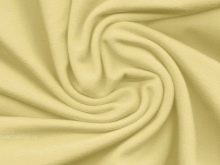

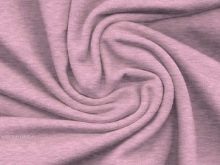
Comparison with other materials
Many are trying to understand the intricacies of materials such as kulirka, riban, interlock and footer, realizing which one is better. All these types of fabrics are made from cotton fiber with the addition of other threads. But the cooler differs from them in that it is very light and thin knitwear, and 3 other types are much denser, respectively, warmer, due to more dense weaving. They produce warm clothes.
Kulirka is more suitable for underwear, children's and home clothes, summer products. And footer, interlock and ribana are autumn and winter options. Their difference from thinner knitwear is that they are much more resistant to puffs, and the arrows on them do not appear at all. But on the other hand, shrinkage is more characteristic for them, especially if you do not observe the correct washing regimen.
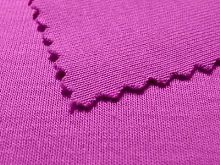
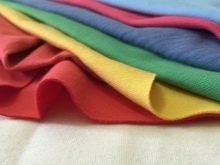
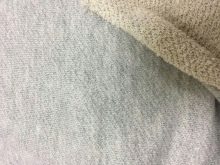
What is sewed from the kulirka?
A cooler is that fabric that everyone encounters in everyday life, since almost everyone has things made from it. Based on its characteristics, many people choose fabric, preferring to wear underwear, home clothes and summer dresses. Moms are happy to purchase children's things made of culinary smoothness. For newborns, this is the best option. Soft, thin, eco-friendly fabric does not cause irritation, it is very soft, smooth and pleasant. Therefore, all kinds of vests, romper suits, suits for newborns, panties and T-shirts for babies are sewed from it.
From the kulirka you can sew things yourself or purchase in specialized stores. It can be underwear, pajamas, bathrobes, home suits. In all these things it will be convenient and comfortable. While the fabric adheres perfectly to the body, it allows the skin to breathe. Comfortable conditions are hard to imagine.
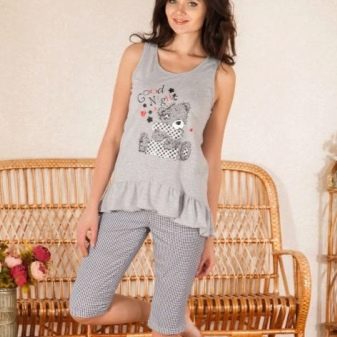
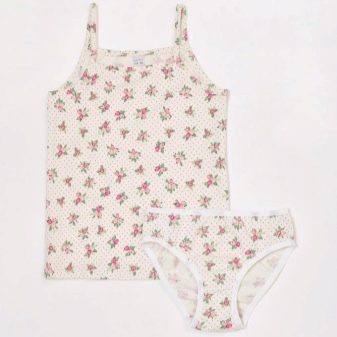
In such clothes it is pleasant and comfortable not only in the bedroom and in the kitchen, there are suitable options for summer walks. Kulirka is widely used for sewing summer tops, t-shirts, shorts and dresses. These things are very cool and very comfortable in the summer. Such things, letting in air, do not interfere with movement and are simply irreplaceable in stuffy hot days. Leggings, tunics, trousers, as well as light tracksuits are sewed from the kulirka. They are very well suited for intense loads, because they are easy and convenient. Nothing constrains the movements, and the skin breathes.
This type of knitwear is used not only for sewing various children's and adult clothes, but also for the manufacture of soft toys. Factory soft toys made of this material are pleasant to the touch and have an attractive appearance. Crafts with the use of knitwear can be made at home, involving children or the whole family in this exciting activity. Kulirka lends itself well to coloring, applying various patterns in different ways, printing is often used. Therefore, you can often find bright clothes made of this fabric with a variety of patterns, especially for children's clothes.

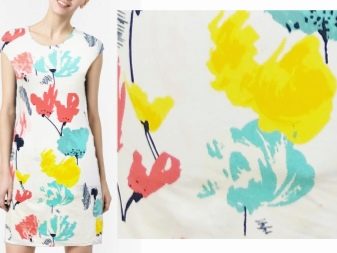
Care
Things from the smooth surface have a lot of advantages, and the disadvantages may not appear if you know about the rules for caring for things and adhere to them constantly. With proper care, the products can last a very long time and not lose their original appearance. Many are concerned about the shrinkage of tissue. But it all depends on which care methods to use. For children's things, and even more so for newborns, primary washing is recommended. Before a child puts on sliders or a vest, it is imperative to wash the product manually in warm water with baby soap.
Adult knitwear may be washed in powder; machine delicate washing is acceptable. It is advisable to use a delicate powder or a special gel, as well as wash in cool water. In any case, the temperature should not exceed 40 degrees Celsius. As for the subsequent washings, the rules are exactly the same. If the item is very dirty, you can pre-soak it in water with powder for a couple of hours, then rub it well with your hands and send it to the machine for delicate washing.
If there are stains on a dress or t-shirt, you can try removing them with a stain remover for delicate fabrics. Be sure to look carefully at the contained components. Chlorine must not be present in the stain remover. The same goes for powder. In no case should you use the one that is intended for whitening.

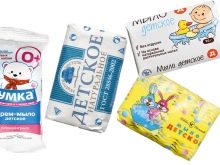
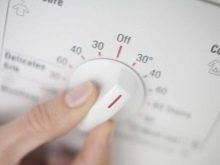
You should always remember that bleach can harm the material, as well as bleach containing chlorine. So you need to be careful with things from the kulirka and try not to get them dirty so that later it is impossible to wash them off with the usual methods. If these things are intended for children, then in this case you can’t get away from all kinds of pollution.And if the stain cannot be removed, you can correct the situation with some original applique or embroidery. Wring things should not be too intense. If by hand, then only slightly, in the spinning machine, select the minimum speed. If the spin is manual, then for these purposes you can use a clean white terry towel. You need to place a thing on it, and then twist it and squeeze it slightly. So excess moisture is absorbed into the towel.
Drying on a coat hanger or just upright on a dryer is not recommended. It is better to spread a clean terry towel or white sheet on the table and dry that way. After some time, the fabric needs to be replaced with a dry one, and so on until the things dry completely. It is not worth it to leave a dress or jacket on a wet towel for a long time, otherwise the thing may get an unpleasant smell of dampness, which can not be eliminated in any way, and you will have to rinse the product again and then dry it. If dried vertically, a dress or blouse may stretch out, and traces of clothespins may remain. Linen and household items can be dried in the usual way.

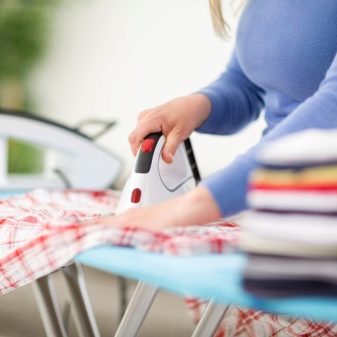
Iron things with care, using a minimum or medium temperature, preferably without changing them. And check first in an inconspicuous area of the product. The temperature when ironing should not exceed 110 degrees, you need to iron only from the wrong side. You need to store things in a closet on hangers or neatly folded on shelves. The advantage of many knitted things is that they practically do not crease or are resistant to this type of impact. Therefore, sometimes they do not need to be ironed at all, but rather folded onto a shelf. A ironed dress can be hung on a coat hanger. After socks, put on shoulders again.
It is necessary to take into account the factor that the cooler is prone to puffs and arrows, so you need to be careful with sharp objects, the edges of the furniture. If you follow all the simple rules, you can save the thing for a long time. Such fabric remains relevant for many years and will always be in high demand due to its good qualities and durability.
About what kulirka is and what it is used for, see the next video.










